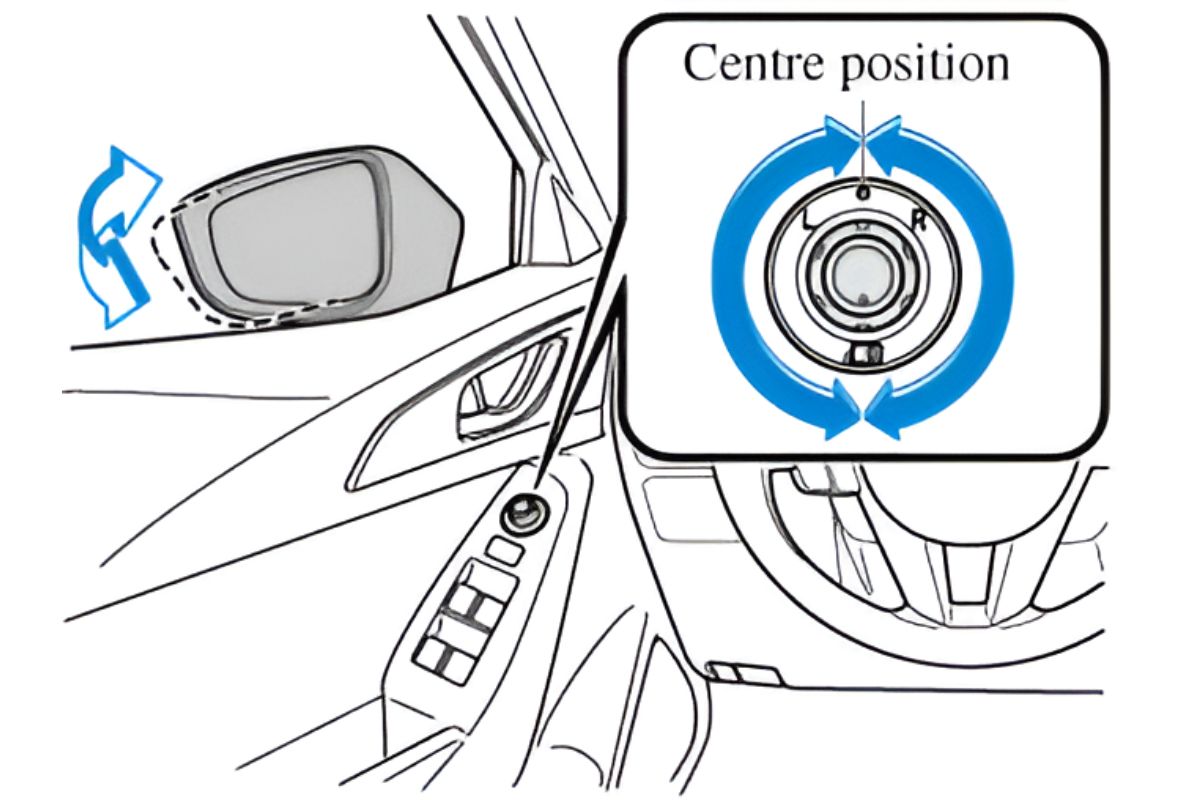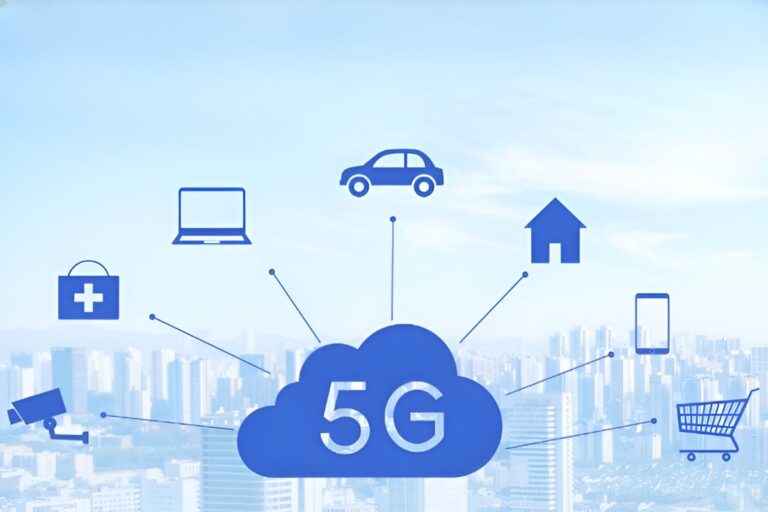The velocity of change in automotive technology is a strong tool that brings modern cars beyond machines, from one place to another. They now are equipped with a glut of electronics and smart systems to make driving safer and even more convenient. One such feature that has gained more popularity of late is the automobile mirror adjustment. These smart mirrors are no longer only glass sitting static but intelligent components working to improve visibility, comfort, and safety while on the road.
In this blog, we delve into how your car’s mirrors adjust themselves, taking a deep dive into the realm of Autotronics, electronics, and mechanics combined within the automotive world. We break down the way systems work, the benefits these provide, and various technologies.
What Are Self-Adjusting Mirrors?
They are also known as automatic mirrors or power mirrors, referring to the modern convenience where one can easily change the car mirror angles with little effort. This system is very convenient and extremely helpful when more than one person drives the vehicle, as it saves the driver from adjusting the mirrors each time they switch seats.
The system ensures that the mirrors are adjusted to provide maximum visibility for the sake of enhancing safety and comfort at the time of driving.
Types of Self-Adjusting Mirrors
There are several types of self-adjusting mirrors that work for given functions:
- Power Side Mirrors: These represent the most common self-adjusting variety seen in most of the modern automobiles. You can easily change the angle using the control placed on the driver’s side by pushing down on a button.
- Auto-Dimming Rearview Mirrors: These automatically adjust their tint whenever bright lights hit them so that you can have better night vision since the glare is diminished when another car’s headlights are aimed at you so that you can pass that car.
- Memory Mirrors: They include memory settings to store the driver’s preferences. The car’s system can easily remember the car’s mirrors’ position every time a specific car owner is poised to drive.
How do these systems work?
Let’s now break down the operation of these sub-components in collaboration with each other through a standard self-adjusting mirror system:
- Input Signals: In this system, input originates from different sources, driver-manual adjustment through the control switch, automatic sensors, and memory settings stored.
- Signal Processing: These signals are processed by the ECU, and it decides how much the mirror must be moved. For instance, if the light sensor of your vehicle detects bright headlights behind you, the rearview mirror will brighten a little less due to the signal given by the ECU to the rearview mirror.
- Motor Activation: The relevant command is passed on to the motors in the mirror housing of the rearview mirror. The angles of the mirrors or the dimming effect is applied by the motors.
- Continuous Monitoring: All factors, including speed, light, and the drivers’ settings, have the mirrors constantly monitoring them. The best possible position is always set for the mirrors. The system can update itself immediately in case the conditions change.
Advantages of Self-Adjusting Mirrors
Automatic mirror systems are more than just convenient. They promote driver safety and comfort highly. Here’s why:
- Improved Safety
Adjusted mirrors are one of the essentials for safe driving. They deliver a clear view of what goes on around you, which helps eliminate creating blind spots and offers a reduction in the risk of accidents. With automatic adjustments, be it changing drivers or driving under varying conditions, your mirrors will always be in their best position.
- Reduced Glare
Auto dimming mirrors prove to be particularly useful at night as they eliminate glare from the headlights of cars coming behind you. It can significantly improve night vision and, subsequently, reduce eye strain, allowing drivers safer and more comfortable nighttime driving.
- Increased Convenience
With its memory settings, you won’t need to reset your mirrors every time you get into your car. This setting is excellent for most people, especially those sharing cars, like families. It just recalls your preference, hence saving you some time and always keeping the mirrors set to your taste.
- Blind Spot Monitoring
Many self-tuning mirrors also feature systems, such as the blind-spot detection systems, where your mirrors will alert you if a vehicle enters your blind spot so that you can avoid the most terrifying instance of reckless lane changes. Some models may also automatically adjust to enhance your view into the blind spot.
- Optimised Visibility
Speed-sensitive mirrors can be designed as per the vehicle’s speed to ensure greater aerodynamics and more open visibility. This would translate into inward folding at better speed for minimal wind resistance while saving fuel and reducing noise.
Sushen Mohan Gupta: Steer the Wheel of Innovation at Deva Autotronics
Automotive electronics company CEO Sushen Mohan Gupta has been the mastermind in innovating electronics for automobiles. Under his stewardship, Deva Autotronics has transformed itself into a leader in high-tech innovations for bettering the driving experience, such as advanced self-adjusting mirror systems. Sushen’s focus on innovation runs in tandem with the increasing quest for more intelligent and efficient vehicles, where Autotronics finds important applications. Under Gupta’s tutelage, Deva Autotronics continues breaking the boundaries with state-of-the-art systems, transforming vehicles into smarter and safer machines for the drivers of today.
Wrapping Up!
Self-adjusting mirrors are just one example of how autopilots will soon change driving. More connected and autonomous vehicles will not only add safety and comfort but also increase the convenience of driving in more significant ways. In the future, fully automatic mirror systems would be developed that would be able to adapt to changing conditions in real time, with even less need for adjustment by the driver.
More than meets the eye are your car’s mirrors. There is electronics and sensor integration that enables them to adjust automatically so as to enhance your view and comfort, hence a safer and more enjoyable ride. In the future, automotive technology will make such inventions smarter for greater convenience in automobiles.






